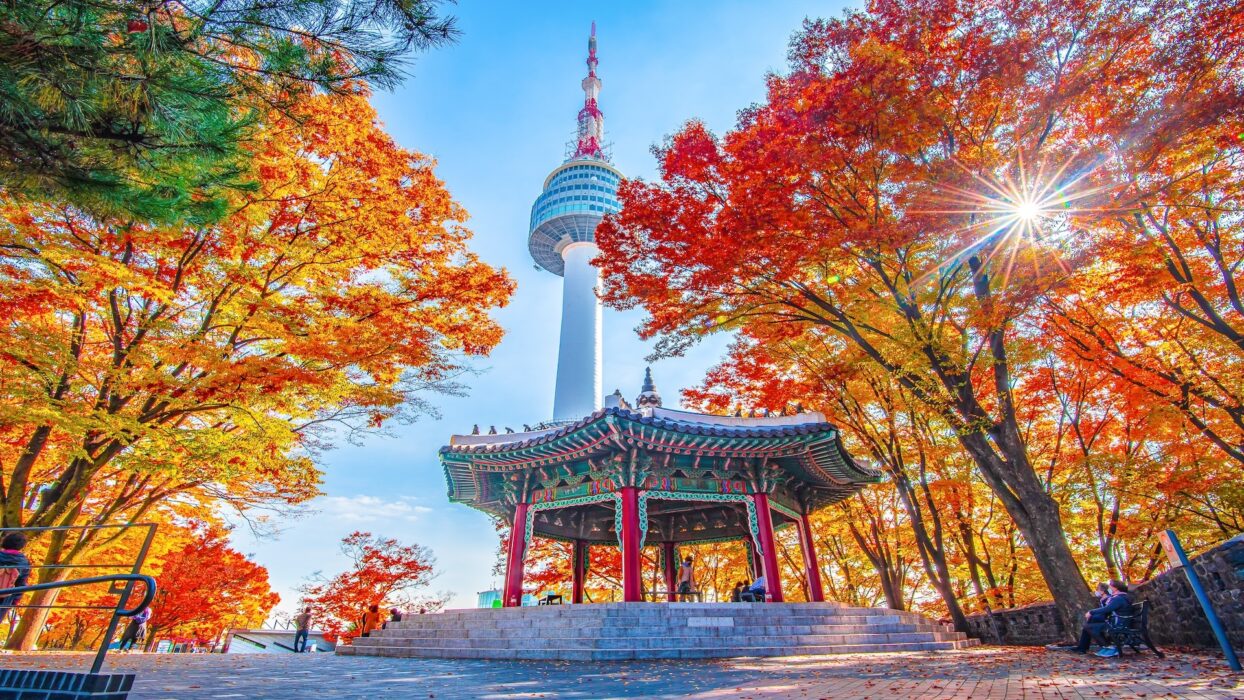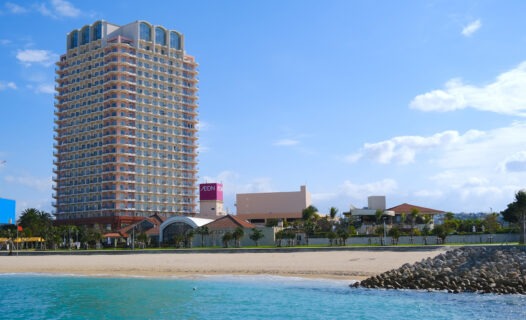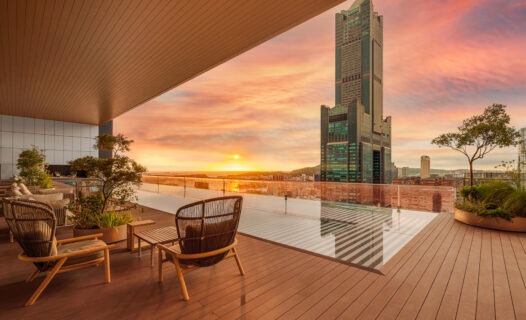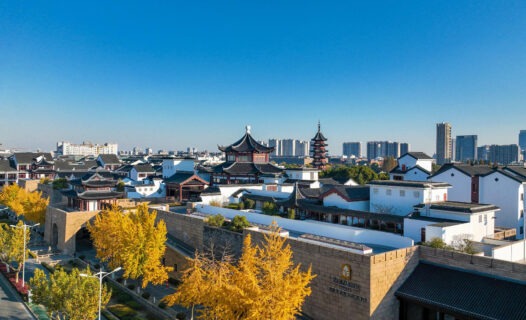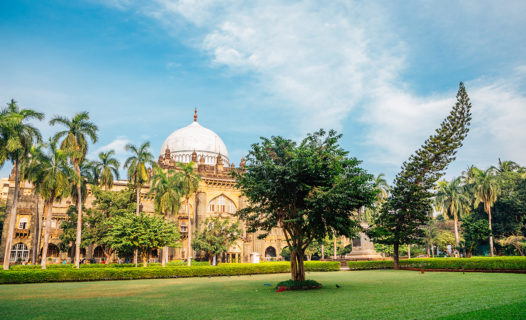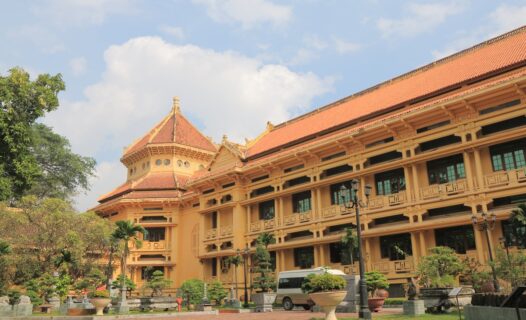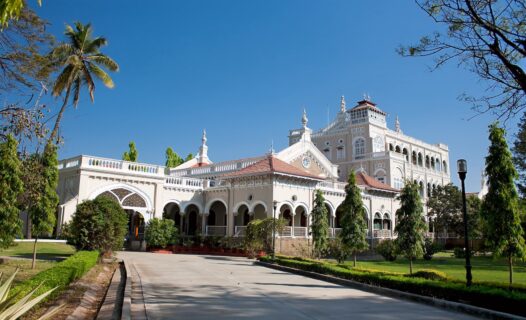Welcome to Bukchon Hanok Village: A Cultural Gem in Seoul
Step into a world where time seems to stand still and the whispers of history echo through the narrow alleys—welcome to Bukchon Hanok Village. Nestled between the majestic Gyeongbokgung Palace and the vibrant Insadong district, this enchanting village is a must-visit for anyone exploring Seoul. With its beautifully preserved traditional houses, known as hanoks, Bukchon offers a unique glimpse into Korea’s cultural heritage and architectural beauty.
As you wander through the winding streets, you’ll find a delightful blend of history and modernity, where quaint tea houses coexist with contemporary art galleries. Bukchon Hanok Village isn’t just a place; it’s an experience that invites you to immerse yourself in the rich tapestry of Seoul’s past. Whether you’re a history buff, an architecture enthusiast, or simply looking for a picturesque spot to snap some photos, this village has something for everyone. Ready to explore? Let’s dive into the fascinating history of Bukchon Hanok Village!
Discovering Bukchon Hanok Village: A Step Back in Time
Bukchon Hanok Village boasts a rich history that dates back to the Joseon Dynasty, a period known for its advancements in Korean culture, art, and governance. Originally established as a residential area for the nobility, the village has transformed over the centuries while retaining its charm and significance. As you stroll through its streets, you can almost feel the stories of the past come alive!
Historical Significance: Why Bukchon Matters
What makes Bukchon Hanok Village so special? Well, it’s not just the stunning architecture—it’s the stories that each hanok tells. This village served as a home to scholars and government officials during the Joseon era, making it a hub of cultural and intellectual activity. Today, it stands as a symbol of Seoul’s commitment to preserving its cultural heritage.
The Evolution of Traditional Korean Architecture
The architecture of Bukchon is a fascinating subject in itself. The traditional hanoks, with their elegant curves and wooden beams, showcase the beauty of traditional Korean architecture. These houses are designed to harmonize with nature, featuring tiled roofs and wooden structures that reflect the principles of Korean aesthetics. As you wander through the village, take a moment to appreciate the intricate details and craftsmanship that have been passed down through generations.
While many articles touch on the beauty of Bukchon, they often overlook the deeper historical context that makes this village truly remarkable. For a more comprehensive understanding, check out our guide, Discover Hanok Villages: Your Seasonal Guide to South Korea, where we delve into the significance of hanoks across the country.
Top Attractions in Bukchon Hanok Village: Must-See Spots
Now that you’re familiar with the history, let’s talk about the exciting attractions waiting for you in Bukchon Hanok Village! From traditional houses to cultural centers, this village is bursting with must-see spots that showcase the essence of Korean culture.
Iconic Hanoks and Their Stories
As you wander through the village, keep an eye out for some of the most iconic hanoks. Each one has its own story to tell. For instance, the Baek In-je House is a stunning example of a hanok that has been beautifully preserved. Built in the early 20th century, this house offers a glimpse into the lifestyle of the wealthy during that time. Don’t forget to explore the small courtyards and gardens that surround these homes, as they often hold hidden treasures and breathtaking views!
Cultural Centers and Workshops to Explore
For those looking to engage more deeply with Korean culture, Bukchon is home to several cultural centers and workshops. Here, you can participate in traditional craft workshops, such as pottery or calligraphy, where skilled artisans will guide you through the process. These experiences not only allow you to create something unique but also provide insight into the rich traditions of Korea.
While many visitors flock to the more popular attractions, there are plenty of hidden gems within Bukchon that deserve your attention. Keep your eyes peeled for local artisans and quaint shops that showcase the beauty of Bukchon cultural village—you never know what treasures you might discover!
A Photographic Journey: Capturing Bukchon’s Charm
For photography enthusiasts, Bukchon Hanok Village is like a treasure trove waiting to be explored! With its stunning traditional architecture and picturesque streets, this village offers countless opportunities to capture the essence of Korean culture. Whether you’re a seasoned pro or just love snapping photos with your smartphone, here are some tips to help you make the most of your photographic adventure.
Scenic Views and Unique Angles
As you wander through Bukchon, keep your eyes peeled for unique angles and perspectives. The juxtaposition of traditional hanoks against the backdrop of modern Seoul creates a striking contrast. Head to Samcheong-dong for some fantastic views, where you can capture the harmony between old and new. The narrow alleyways also make for intimate shots that showcase the intricate details of the hanoks, from their wooden beams to the beautiful tiled roofs.
Golden hour, just before sunset, is the perfect time to take photos. The warm light casts a magical glow over the village, making the hanoks appear even more enchanting. Don’t forget to include some local life in your shots; candid moments of residents or visitors can add a lively touch to your photography!
Photography Etiquette in a Residential Area
While capturing the beauty of Bukchon, it’s essential to be respectful of the residents who call this village home. Many of the hanoks are still private residences, so be mindful of noise and avoid intruding on personal spaces. Always ask for permission before photographing people, and try to keep your voice down to maintain the serene atmosphere of the village.
With these tips in your pocket, you’re ready to capture the charm of Bukchon Hanok Village! For more photography inspiration, check out our guide on seasonal photography opportunities.
Walking Tours: Exploring Bukchon on Foot
What better way to soak in the beauty of Bukchon than by exploring it on foot? The village is a walking paradise, with charming streets that invite you to slow down and appreciate the surroundings. Whether you prefer a guided tour or a self-guided adventure, here are some tips to make your walk unforgettable.
Recommended Routes for a Perfect Stroll
Start your journey at the Bukchon Traditional Culture Center, where you can grab a map and learn about the village’s history. From there, take the scenic route through the alleys, stopping at iconic hanoks like the Gahoe-dong Hanok Village and the Baek In-je House. Don’t forget to explore the hidden corners, as some of the best views and most beautiful hanoks are tucked away!
Guided Tours vs. Self-Guided Adventures
If you prefer a more structured experience, consider joining a guided tour. Knowledgeable guides will share fascinating stories and insights about the village’s history and culture. On the other hand, if you’re feeling adventurous, a self-guided walk allows you to explore at your own pace and linger at spots that catch your eye. Just remember to wear comfortable shoes, as you’ll be doing a lot of walking!
Culinary Delights: Eating Your Way Through Bukchon
After a day of exploring, treat your taste buds to the culinary delights of Bukchon Hanok Village! The village is home to a variety of eateries that serve traditional Korean dishes, as well as some unique twists that reflect the area’s cultural blend.
Must-Try Dishes and Where to Find Them
Start your culinary journey with bibimbap, a colorful dish made with rice, vegetables, and meat, all topped with a fried egg. One of the best spots to enjoy this dish is at Hanok Jib, where the ambiance complements the delicious food. If you’re a fan of dumplings, don’t miss out on Gyoza House, known for its handmade dumplings that burst with flavor!
Cafes and Restaurants with a Twist
For a sweet treat, visit Tea Room Bukchon, a charming café that specializes in traditional Korean teas and delightful desserts. Their injeolmi (rice cake) is a must-try! If you’re looking for something more modern, head to Artisan Bakery, where you can enjoy freshly baked goods in a cozy setting.
Cultural Experiences: Engaging with Tradition
To truly immerse yourself in the essence of Bukchon, participating in cultural experiences is a must! From traditional craft workshops to vibrant festivals, there’s so much to discover.
Participating in Traditional Craft Workshops
Many cultural centers in Bukchon offer hands-on workshops where you can learn traditional crafts such as pottery, calligraphy, and hanbok (traditional clothing) making. These workshops allow you to create your own unique piece of art while gaining insight into Korea’s rich cultural heritage. Check out the Bukchon Hanok Village Crafts Center for a variety of classes that cater to all skill levels!
Festivals Celebrating Bukchon’s Heritage
Keep an eye out for local festivals that celebrate Bukchon’s cultural heritage. The Bukchon Cultural Festival, held annually, features traditional performances, food stalls, and craft markets. It’s a fantastic way to experience the lively spirit of the village and connect with locals!
Practical Information for Travelers: Your Essential Guide
Before you set off on your adventure, here are some practical tips to ensure a smooth visit to Bukchon Hanok Village.
Getting to Bukchon: Transportation Tips
Getting to Bukchon is easy! The village is accessible via public transportation. The nearest subway station is Anguk Station on Line 3. From there, it’s just a short walk to the village. Alternatively, local buses also stop nearby, making it convenient for visitors.
Visitor Etiquette and Safety Guidelines
While exploring, it’s important to respect the local residents. Keep noise levels down and avoid entering private properties. Always ask for permission before taking photos of people or their homes. By being courteous, you’ll help maintain the peaceful atmosphere of this historic village.
Seasonal Travel Insights: Best Times to Visit
Each season offers a unique experience in Bukchon Hanok Village, so here’s a rundown of what to expect throughout the year!
Spring Blossoms and Autumn Colors
Spring is a magical time in Bukchon, with cherry blossoms painting the streets in soft pink hues. The best time to visit for cherry blossom viewing is usually in early April. On the other hand, autumn brings vibrant foliage, making it a perfect backdrop for stunning photos. Late October to early November is ideal for witnessing the breathtaking fall colors.
Events and Festivals Throughout the Year
Throughout the year, Bukchon hosts various events and festivals that celebrate its cultural heritage. Summer often features traditional music performances, while winter offers a cozy atmosphere perfect for enjoying hot tea in local cafes. Keep an eye on the village’s event calendar to catch these exciting happenings!
Shopping in Bukchon: Finding Unique Souvenirs
No trip to Bukchon is complete without picking up a few unique souvenirs! The village is home to many local artisans and craft shops where you can find authentic Korean crafts and gifts.
Local Artisans and Craft Shops
Take a stroll through the narrow alleys, and you’ll discover charming shops selling everything from handmade pottery to beautiful textiles. Be sure to visit Hanok Craft Shop, where you can find one-of-a-kind pieces that reflect the village’s artistic spirit. Supporting local artisans is a wonderful way to take home a piece of Bukchon!
Best Places for Traditional Souvenirs
If you’re on the lookout for traditional souvenirs, check out Bukchon Traditional Craft Shop. Here, you can find beautiful hanbok, traditional masks, and other cultural items that make for perfect gifts. Don’t forget to haggle a little; it’s all part of the fun!
Fun Facts About Bukchon Hanok Village
Ready to impress your friends with some fascinating trivia? Here are some fun facts about Bukchon Hanok Village that you might not know!
Little-Known Stories from the Village
Did you know that Bukchon is home to over 900 hanoks? Many of these houses have been preserved for generations, making it one of the largest traditional villages in Seoul. The name "Bukchon" literally translates to "Northern Village," as it’s located north of the Cheonggyecheon Stream.
Unique Architectural Features of Hanoks
Each hanok is designed to blend harmoniously with nature. The use of natural materials, such as wood and clay, creates a warm and inviting atmosphere. Look out for the ondol heating system, a traditional Korean floor heating method that keeps the homes cozy during winter!
Commonly Asked Questions (FAQs)
Here are some frequently asked questions to help you make the most of your visit to Bukchon Hanok Village.
What to Expect During Your Visit
Expect to be enchanted! Bukchon Hanok Village is a peaceful oasis amidst the hustle and bustle of Seoul. You’ll find friendly locals, beautiful architecture, and plenty of opportunities to learn about Korean culture. Be prepared for some uphill walking, as the village is situated on a slope!
Tips for First-Time Visitors
If it’s your first time visiting, allocate a good few hours to explore. Bring a camera, wear comfortable shoes, and don’t rush through the experience. Take your time to appreciate the beauty around you, and don’t hesitate to stop for a cup of tea or a snack along the way!
With all this information at your fingertips, you’re ready to explore the wonders of Bukchon Hanok Village! From its rich history to its vibrant culture, this village promises an unforgettable experience that captures the heart of Seoul.

